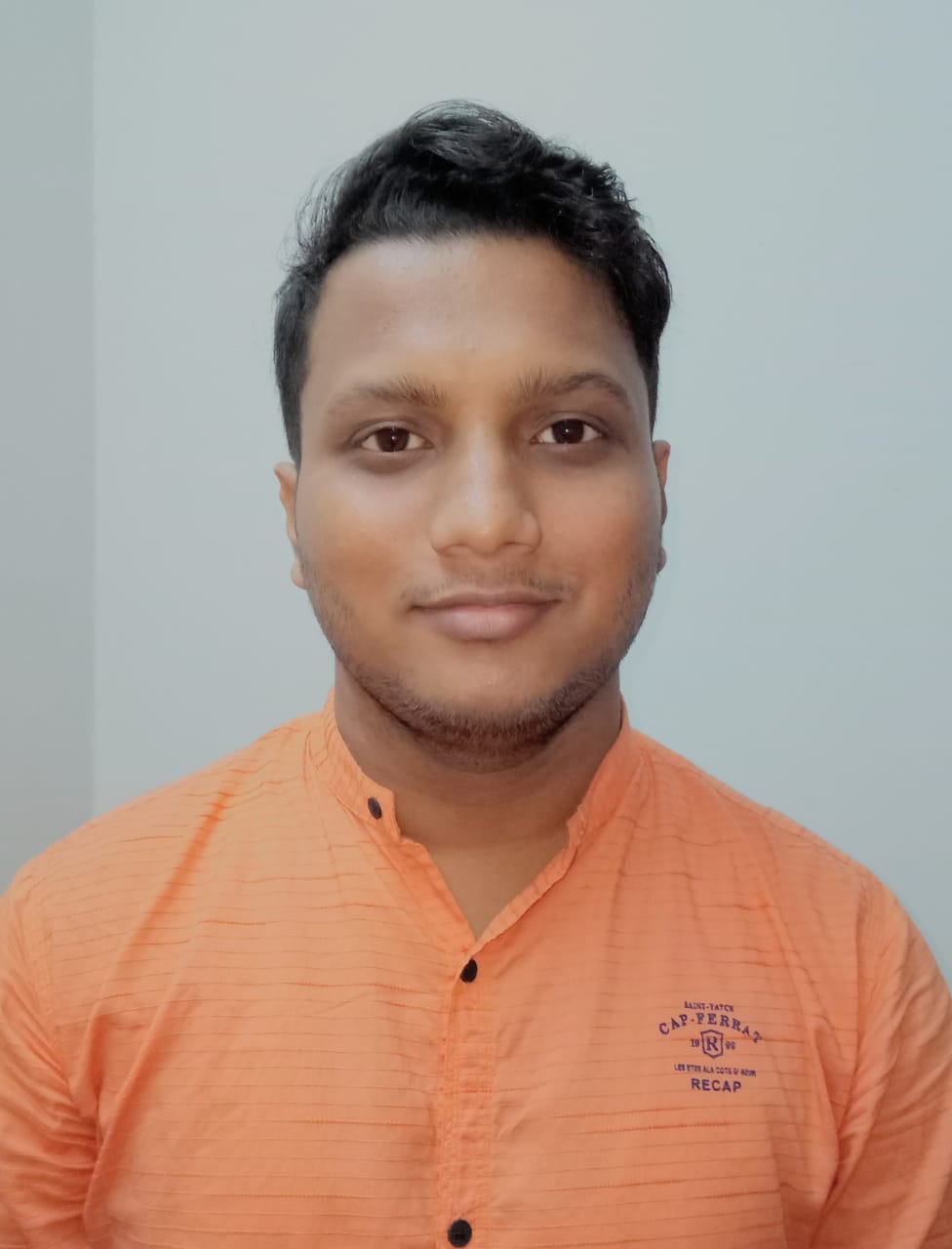History of Kamarupa: Salastambha and Pala Dynasties
The history of Kamarupa, now part of Assam, is deeply rooted in the reign of two significant dynasties—the Salastambha Dynasty (650–900 AD) and the Pala Dynasty (900–1200 AD). These dynasties played a crucial role in shaping the political, cultural, and religious identity of the region.
Table of Contents
The Salastambha Dynasty (650–900 AD)
1. Salastambha: Founder of the Dynasty
- Capital Shift: Moved the capital from Pragjyotishpur (modern Guwahati) to Tezpur.
- City Renaming: Named the capital Hatakeswara or Haruppeswara after his deity, Hataka Sulin.
- Dynasty’s Legacy: The dynasty consisted of 20 rulers, ending with Tyagasingha.
2. Sri Harshadeva (725–750 AD): A Glorious Ruler
- Military Achievements:
- Extended the kingdom from Sadiya in the east to Ayodhya in the west, and from the Himalayas in the north to Ganjam and the Bay of Bengal in the south.
- Marriage Alliance: Strengthened ties with Nepal by marrying a princess of King Jayadeva II.
- Conflict: Faced resistance from Chalukyas, as mentioned in Rashtrakuta inscriptions (752 AD).
- Downfall: Overthrown by Yasovarman of Kannauj.
3. Harjaravarman (815–835 AD): The Builder King
- Titles: Assumed grand titles like Maharaja-dhiraja Parameswara Paramabhattaraka.
- Achievements:
- Built magnificent temples and the Harjarapukhuri Tank in Tezpur.
- Inscriptions: Left behind the Hayunthal Grant and Tezpur Rock Epigraph.
4. Vanamalavarman (835–865 AD): A Devout Ruler
- Military Campaigns: Reclaimed Kamarupa’s lost territories in Bengal, including Sylhet and Mymensingh.
- Religious Devotion: A worshipper of Shiva, he abdicated the throne and undertook religious fasting until death.
5. Tyagsingha (970–990 AD): The Last Salastambha Ruler
- End of the Dynasty:
- Tyagsingha died childless.
- His officials appointed Brahmapala, a former governor under the Salastambhas, as the next ruler, marking the beginning of the Pala Dynasty.
Note:
During the reign of the Salastambha Dynasty, Sankaracharya, the renowned Vedanta reformist, visited Kamarupa. He engaged in a significant debate with the prominent Tantric scholar Abhinava Gupta, marking a pivotal intellectual interaction between Vedantic and Tantric traditions.
The Pala Dynasty (900–1200 AD)
1. Brahmapala (990–1010 AD): Founder of the Dynasty
- Described as a great warrior in inscriptions, though no records from his reign survive.
2. Ratnapala (1010–1040 AD): The Architect King
- Capital Fortification: Beautified and fortified the city of Hadapyaka, renaming it Durjaya (Impregnable).
- Military Success: Defeated Rajyapala of Gauda, expanding territory to Arunachal Pradesh.
- Inscriptions:
- Choratbari Grant
- Bargaon Grant
- Sualkuchi Grant
3. Indrapala (1040–1065 AD): A Diplomatic Ruler
- Marriage Alliance: Strengthened ties with the Rashtrakutas.
- Territorial Control: Governed Pundravardhana (modern-day North Bengal).
- Inscriptions: Gauhati Grant and Guakuchi Grant.
4. Gopala (1065–1085 AD): Patron of Heritage
- Family Legacy: His mother, Rajyadevi, was a Rashtrakuta princess.
- Inscriptions: Left behind the Gachtal Inscription.
5. Dharmapala (1095–1120 AD): The Last Great King
- Achievements:
- Reclaimed lost territories in North Bengal and extended the western boundary beyond the Karatoya River.
- Patron of Literature: Commissioned the Kalika Purana, a revered Hindu scripture.
- Capital Relocation: Shifted the capital to Kamarupanagar (modern North Guwahati).
- Inscriptions:
- Khonamukhi Grant
- Subhankarapataka Grant
- Pushpabhadra Grant
6. Jayapala (1120–1138 AD): Marking the Decline
- Defeat: Lost to Ramapala of Bengal, leading to the loss of Kamarupa’s North Bengal territories.
The Later Period and Decline
1. Vaidyadeva
- Ruler of Gauda and Kamarupa: Became the first Gauda ruler to conquer Kamarupa.
- Independence: Initially a feudatory under the Palas, he declared independence after the death of Kumarapala.
- Inscriptions: Kamauli Grant.
2. Prithu or Viswasundaradeva
- Ruled during Bakhtiyar Khilji’s invasion in 1205–1206 AD, marking the end of Kamarupa’s ancient dynasties.
FAQs About Kamarupa Dynasties
Q1. Who founded the Salastambha Dynasty?
- Salastambha, who shifted the capital to Tezpur.
Q2. Which king commissioned the Kalika Purana?
- Dharmapala of the Pala Dynasty.
Q3. What is the significance of Harjarapukhuri?
- A massive tank built by Harjaravarman, symbolizing advanced engineering in ancient Assam.
Q4. Who was the last significant ruler of the Pala Dynasty?
- Dharmapala, known for his military conquests and cultural contributions.
Follow Us
Stay connected and updated with our latest offerings by following us on Youtube


